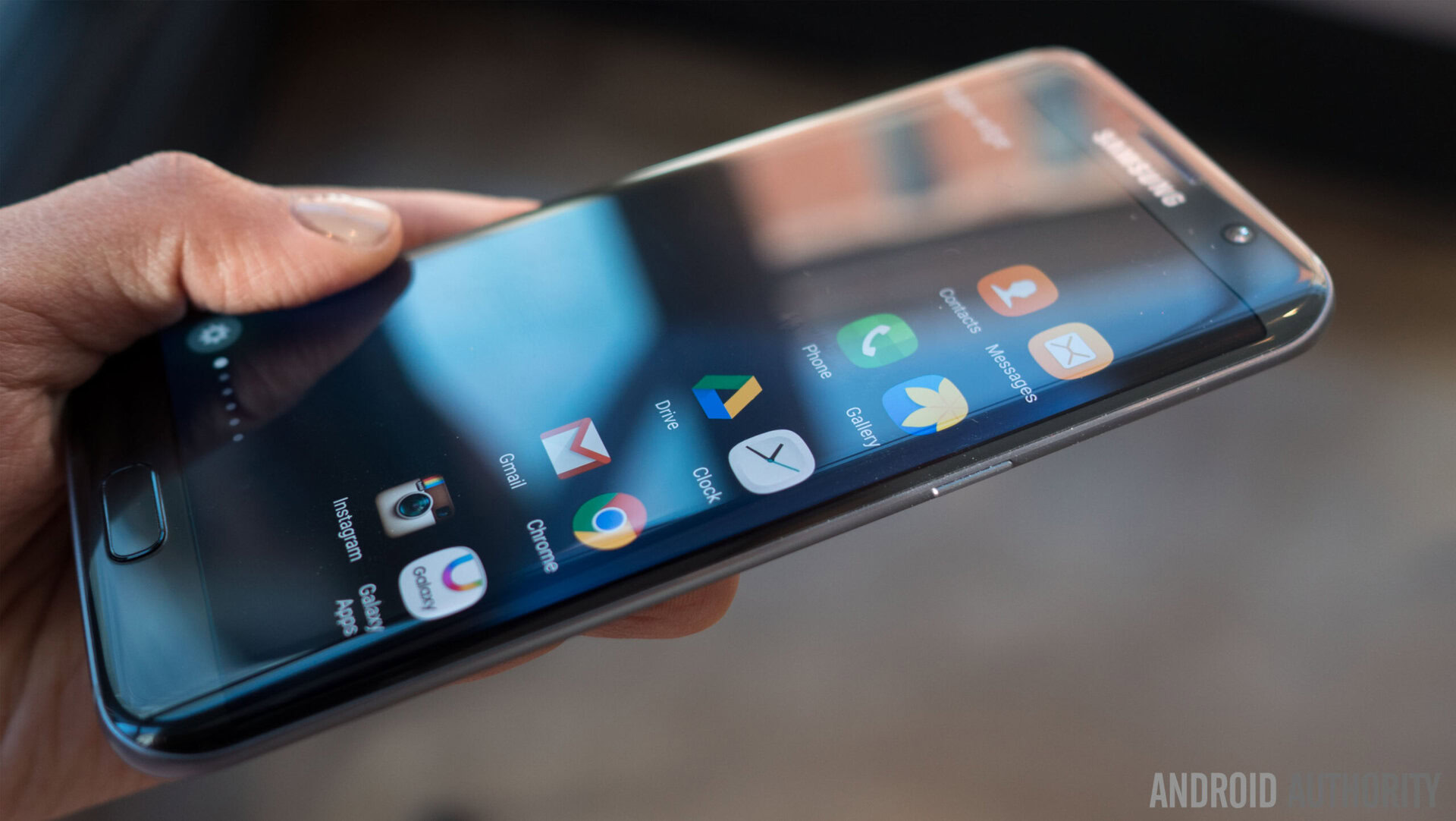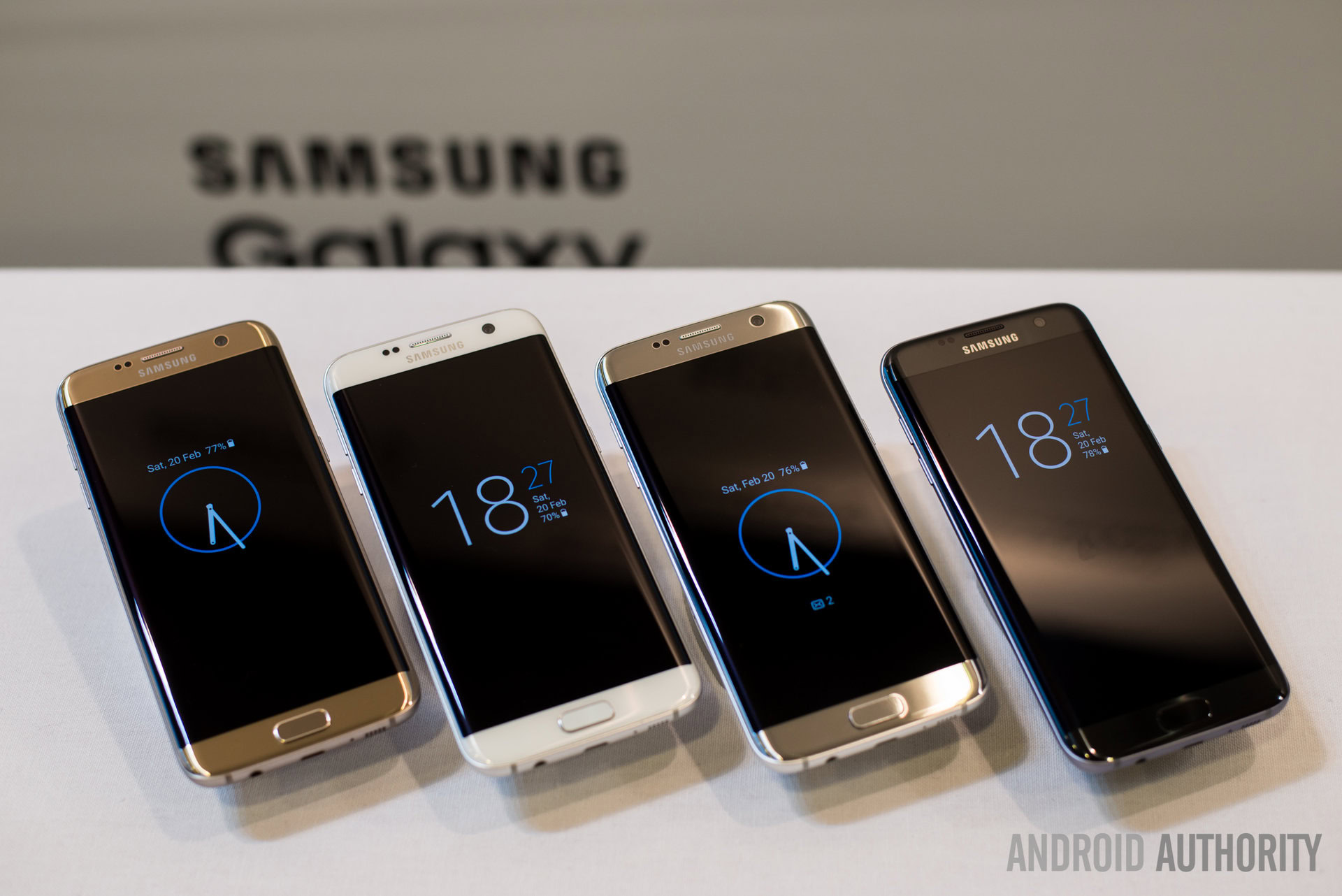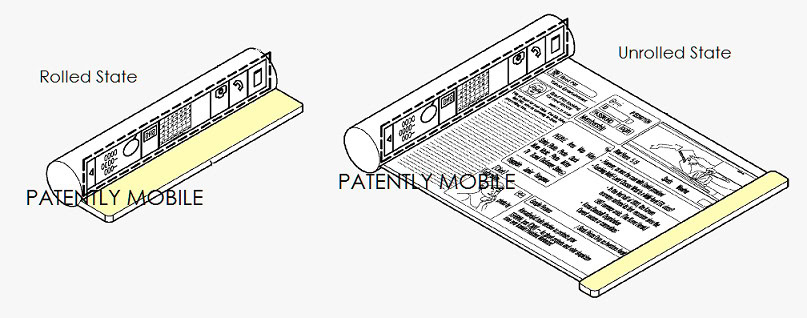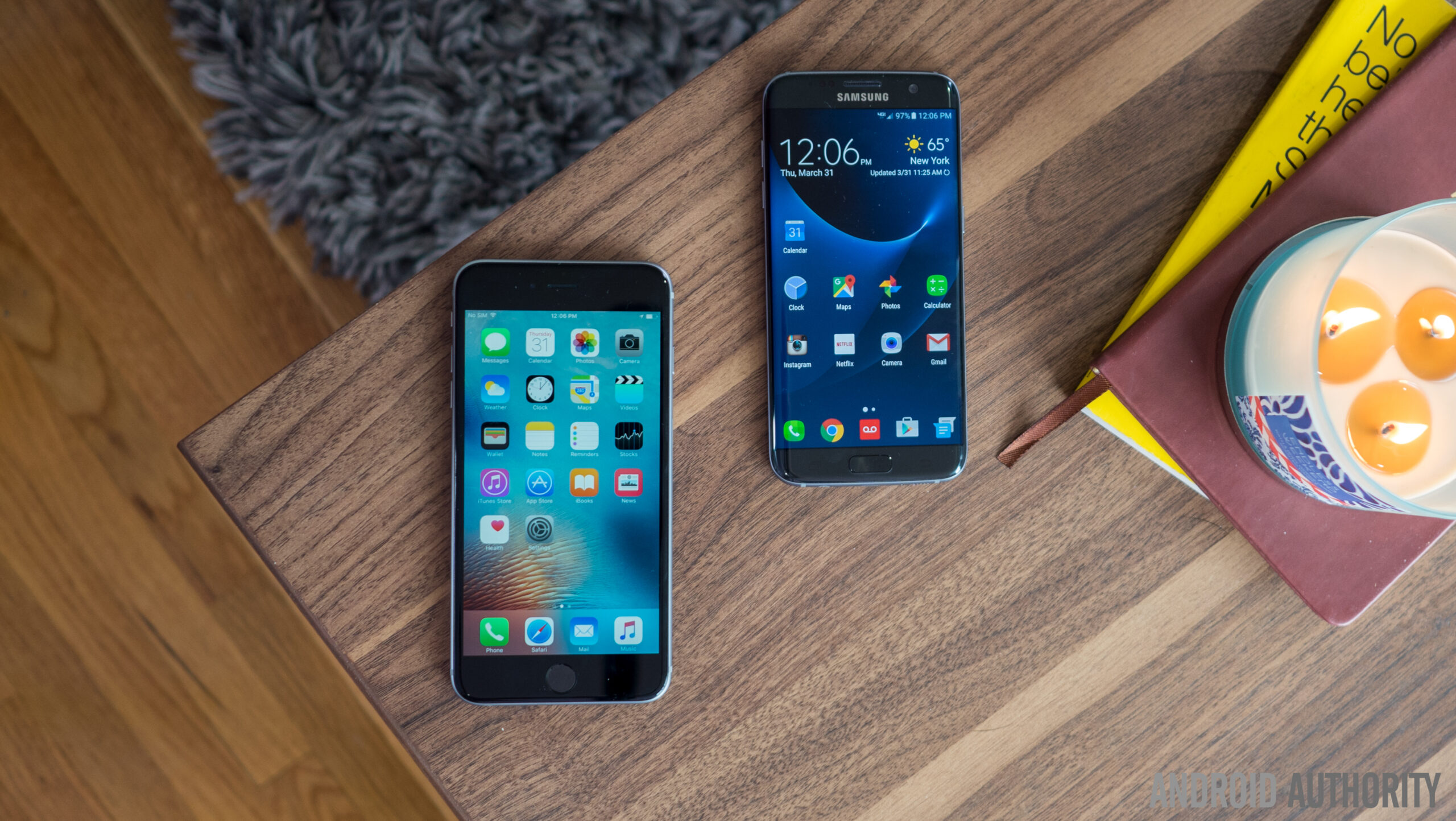Affiliate links on Android Authority may earn us a commission. Learn more.
Competitive (Dis)Advantage: Is Samsung sabotaging its own smartphones by selling AMOLED screens to rivals?
Published onApril 15, 2016

Despite the eternal contention among some critics who state AMOLED displays are “over saturated” and thereby undesirable, surveys indicate the popular panels are highly desirable, as do user comments. Samsung has, in no small way, made this a chief marketing point with respect to its Galaxy smartphones and its own SAMOLED panels. More recently this expanded to tablets, and just this January, to Windows tablets as well.
Yet there’s an odd paradox working behind the scenes: Samsung has, either by official confirmation or else implication or speculation, supplied its precious panels to some of its biggest competitors. Motorola, BlackBerry, and Huawei have made use of AMOLED, and it seems that vivo and Xiaomi may as well. Today however, a major point of contention appeared: according to a new report, Apple is the latest customer, allegedly purchasing 100 million panels.
In turn, this raises a curious consideration: Is Samsung actually jeopardizing its own stable’s unique sales point and the Galaxy’s clear-cut consumer appeal in the process? If so, just why would the company be willing to take such a risk?
In this piece, we will discuss just that and seek to explain why the most seemingly illogical conclusion possible is actually just the opposite.

The (il)Logical Conclusion
There is a very real question as to just what kind of effect Samsung’s providing AMOLED panels to its competitors will have on the Korean OEMs own Galaxy product line. Perhaps even more concerning for potential ramifications: the lower-end models. Consider:
- Samsung’s use of SAMOLED panels in the Galaxy S and Galaxy Note series has played a very big part in their success. The display technology used to be prominently labeled on factory-installed films covering the phones in their box, and reviewers and consumers alike have long commented on just how bright and vivid the colors are.
- Samsung’s mid-range devices have made use of SAMOLED panels – perhaps more so now than before – and thus served as a more “legitimized” reason why they are priced so much more than the competition coming from China.
- Samsung’s Galaxy Tab 7.7, Galaxy Tab S, and Galaxy Tab S2 products all marketed their use of SAMOLED, and now Samsung has done the same with its Windows-based Galaxy TabPro S.
While Samsung fans and those who like TouchWiz or the OEM’s handset design language will inevitably continue to support it, those consumers who prefer the Galaxy devices specifically because of their displays will no doubt be led astray when the competition starts making more heavy use of it. Especially for those of whom price is a bigger concern, the chance to get a Samsung-made AMOLED on a device half the price of anything Samsung has to offer is like getting the “same” effect for a downright bargain.
The Clear-Cut Case

Assuming that Samsung’s handset sales will – to whatever extent – decline due to a much broader dissemination of AMOLED in the near future, it raises the question of just why any company would paradoxically want to “sabotage” its own product sales to “help” others get ahead. The key is multi-faceted:
- First and foremost, Samsung – the Conglomerate – is the ultimate benefactor of AMOLED device sales. Regardless of who is making use of them, as long as revenue is strong the end result means more stability and profits.
- As more time passes, smartphones and tablets will have advanced and comodotized to such an extent that a significantly lower number of consumers will be purchasing new handsets yearly, and especially not the premium priced ones. Galaxy sales will arguably decrease regardless of Samsung’s supplying its competitors with AMOLED or not.
- Samsung reportedly has over 95% of the profits from AMOLED panel sales. With companies like Sharp and Japan Display getting into the business, as well as competitors in China, the market is posed to get crowded pretty fast. In making a deal like the alleged one with Apple, Samsung is trying to cement its place in the market as a defacto supplier that can both meet quality and demand requirements. This, in turn, will allow it to better negotiate – if not outnegotiate – its rivals, including LG Display, in securing contracts.
- Samsung can use the increased revenue from AMOLED sales to put back into R&D, ultimately fostering new innovations in display technology. This in turn, means that it will have the latest and greatest panels, yet the high price of them will more than likely force competitors to wait until the innovations – such as bendables – becomes more affordable to purchase in mass quantities.
As can be seen above, there are indeed numerous reasons why it’s not only sensible for Samsung to sell AMOLED to its rivals, but downright foolish not to. But what about Apple?
A bit about the alledged Apple alliance

Assuming the Apple report is true, this is quite possibly the most favorable situation Samsung can have. Apple sells many magnitudes of millions of iPhones each year, and with Samsung standing as a supplier for their AMOLED displays, this is about as solid a business partnership as one might dream of. Unlike other OEMs, whose sales numbers may fluctuate and who release many, many devices each year, Apple is far more limited in scope and thus assures the products will definitely use the panels in great number.
It also goes without saying that, at this point in time, Samsung has refined and elevated its Galaxy S and Galaxy Note product lines to such an extent that they are rightful competitors to Apple’s iPhones. Thus it’s not a clear-cut-case of people migrating from Samsung to Apple because of the display similarities.
Wrap Up
While this piece has made a number of arguments, we’re quite interested in what your take on the matter is. Are you pleased with the idea that Samsung may be selling screens to Apple? Do you worry about its smartphone sales going forward as AMOLED becomes more commonplace? Will seeing AMOLED everywhere reduce its “wow” factor? Leave us a comment below with your thoughts!